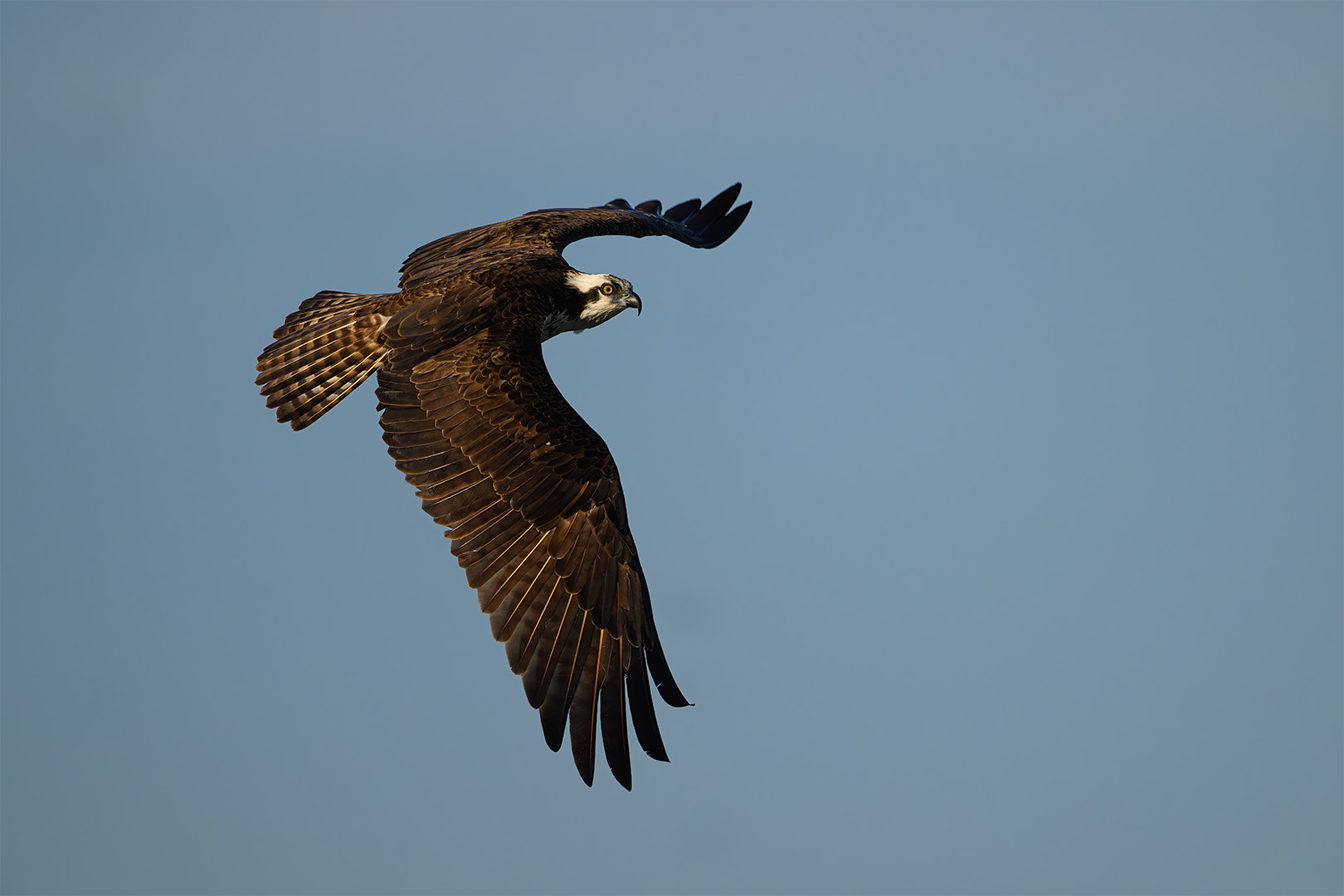
The high winds on the Outer Banks, or OBX as this area is known, kept the birds off the beach and hunkered down. So, instead of beach panning yesterday, we photographed an Osprey nest. The pair of Osprey was busy building a nest using sticks and reeds and even landscape fabric.






















